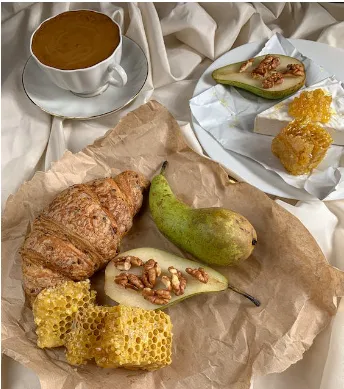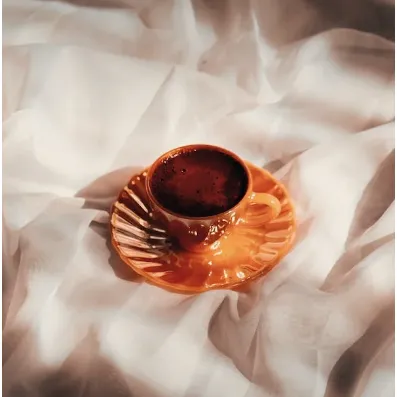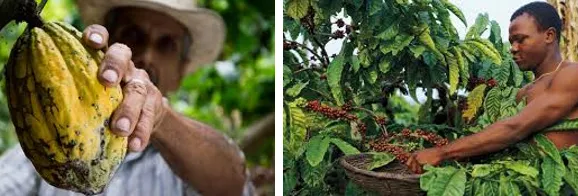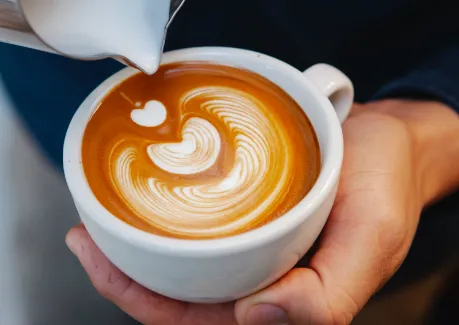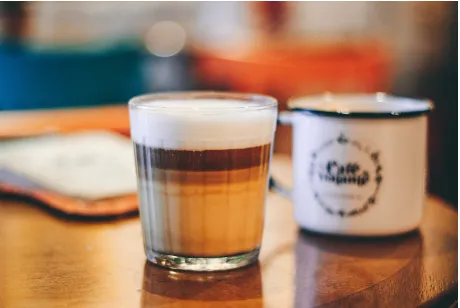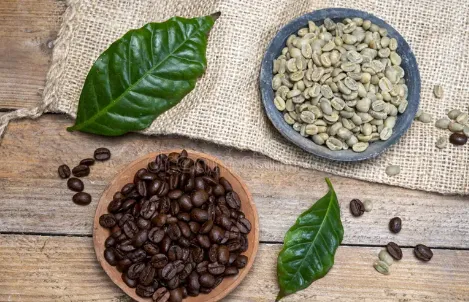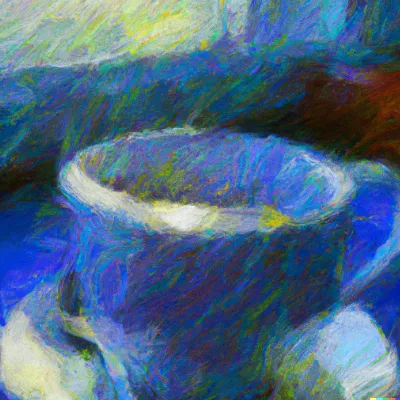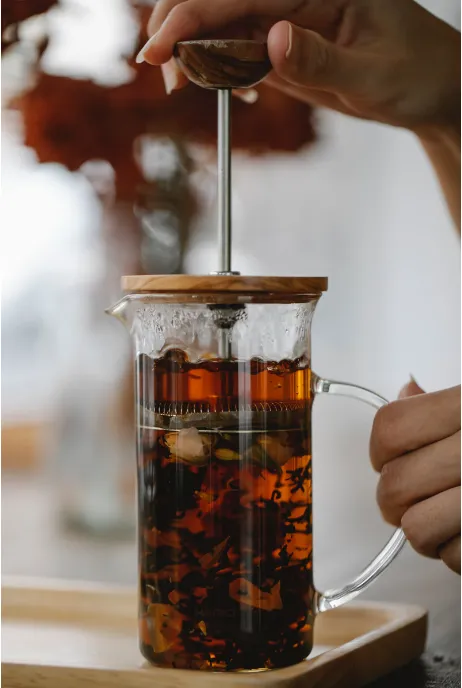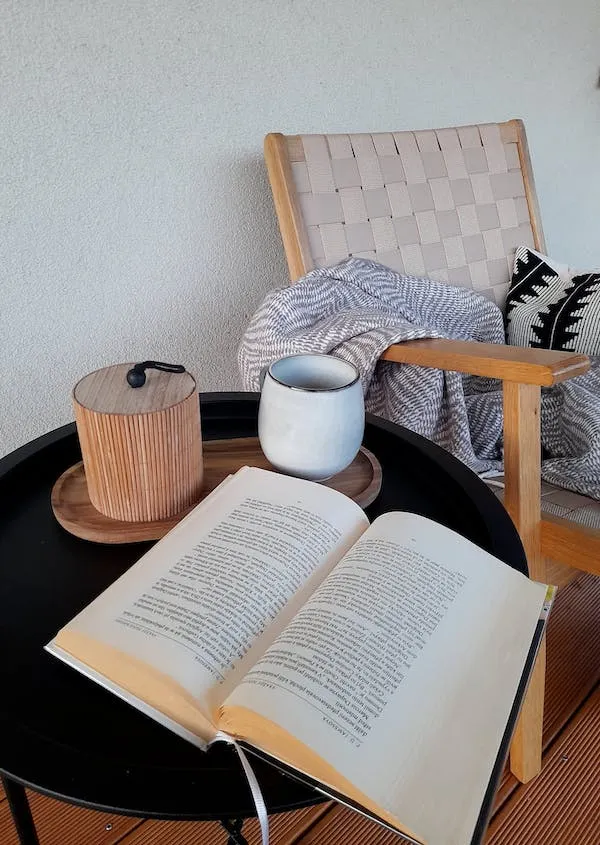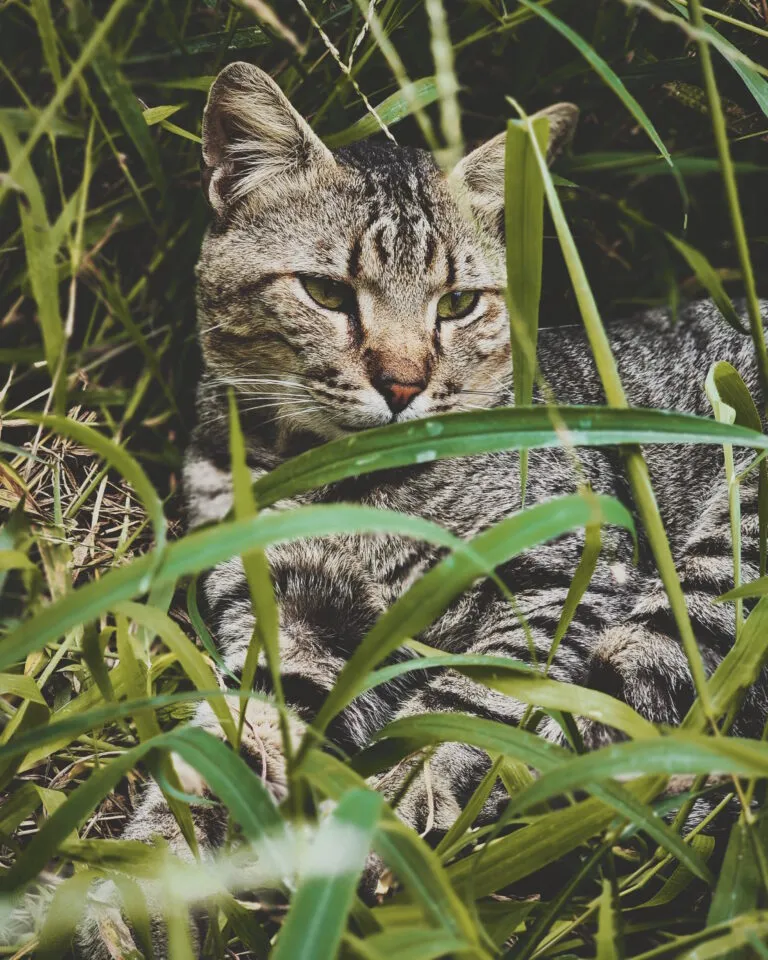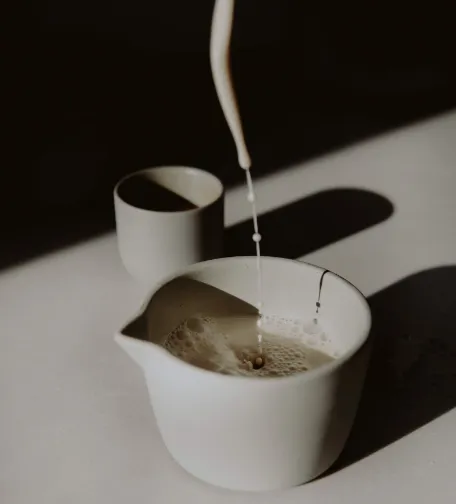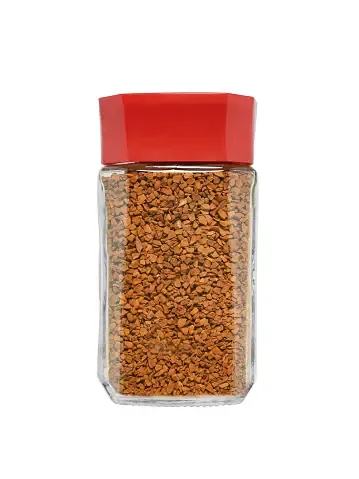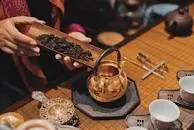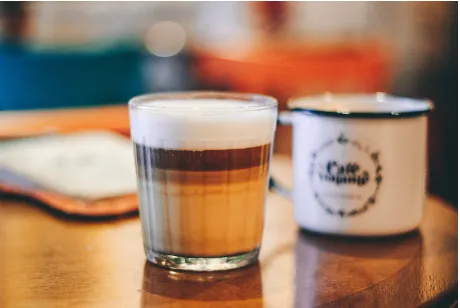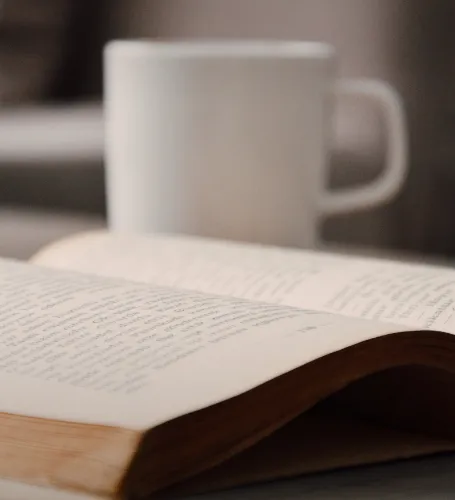The Various Colours of Coffee
Let's explore the intriguing world of coffee and its myriad colours.
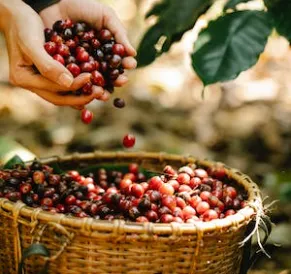
Green Coffee Beans
The journey of coffee beans starts with a green hue when they're still raw.
These beans are full of potential, yet to be influenced by the roasting process that brings out their distinct flavour profiles. Green coffee beans have a grassy aroma and a bitter taste, mainly due to the presence of chlorogenic acid - a beneficial compound that unfortunately gets lost during roasting.
Yellow Coffee Beans
As the roasting process begins, green beans slowly transition into a yellowish colour. This phase is often accompanied by a toast-like smell, signalling the start of several chemical reactions that transform these raw beans into flavourful delights.
Light Brown Coffee Beans
This stage represents the 'cinnamon roast' or 'light roast'. Beans roasted for a short period possess this colour and exhibit more acidic notes with subtle flavours hinting at their origin. They contain more caffeine than darker roasts and are perfect for mild coffee brews.
Medium Brown Coffee Beans
Often referred to as 'American roast', medium brown beans have been roasted long enough to allow aromatic oils to reach the surface without causing excessive oiliness. This roast results in balanced flavours - not too light, not too intense - ideal for classic brew methods like drip coffee.
Dark Brown Coffee Beans
At this stage, often called 'full city roast', the beans reveal a richer colour due to prolonged roasting time which allows more oils to come forth on the bean's surface. Dark brown beans offer bolder flavours with reduced acidity compared to lighter roasts.
Black Coffee Beans
These denote an espresso or French roast where beans have been roasted till they start popping or crackling - often twice!
They're oily on the surface and exude strong, smoky flavours which dominate over inherent tastes of the beans. It's a preferred roast for those who relish intense, full-bodied brews.
QUALITY
The colours of coffee beans also have a lot to say about their quality.
Blue-Green Beans
A desirable characteristic in high-quality Arabica beans, this colour signifies that the beans have been grown at high altitudes and possess a sophisticated flavour profile.
White Edges or Centre-Cut
This can be found on wet-processed (washed) coffee and is usually associated with superior quality. However, too prominent a white edge might indicate underdevelopment during the growth phase which could affect the taste negatively.
Silver Skin or Chaff
It's common to find thin layers of silver skin remaining on roasted coffee beans. While they don't significantly impact the taste, an excess could mean poor roasting control.
Quakers or Blighted Beans
These are visibly lighter than other roasted beans and yield an undesirable, cereal-like flavour. They're usually removed manually or through electronic sorting.
The Colour of Brewed Coffee can also offer insights into its qualities:
Light-Bodied Brew
A light golden colour indicates mild extraction with predominant acidic notes - typical of brewing methods like pour-over that result in light-bodied coffee.
Medium-Bodied Brew
This will be darker than a light-bodied brew but not as opaque as an espresso - somewhere in the realm of warm amber. Such brews provide balanced flavours where both acidity and bitterness are well represented.
Dark-Bodied Brew
Characterised by a rich, dark hue (think: dark chocolate), it points to heavy extraction where bitter notes overshadow acidic ones.
This is common in strong brews like espresso or Turkish coffee.
The Journey
Decoding these colours allows you to understand your cuppa better - whether you're selecting raw beans, determining their roast level, or assessing your brew!
As you deepen your exploration into the colourful world of coffee, remember: each shade represents a chapter in the bean's fascinating journey from a humble cherry to your delightful brew.
Sip on that thought and relish your next cup with newfound appreciation!






